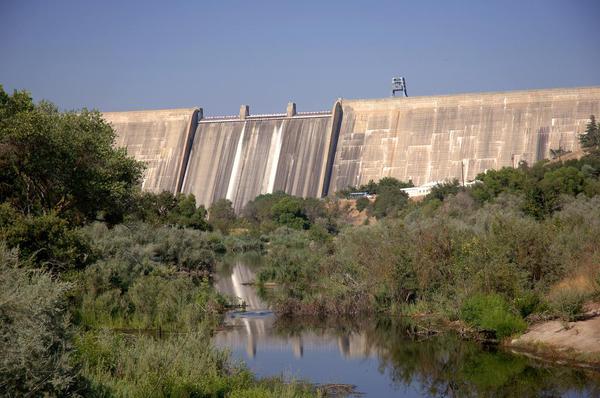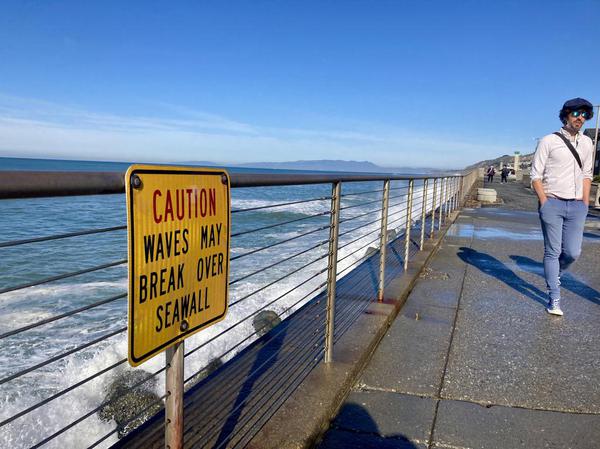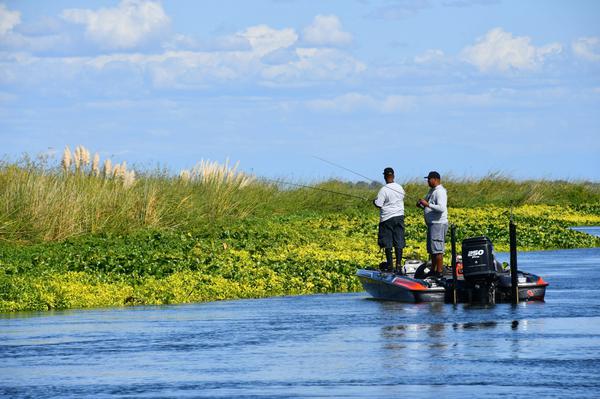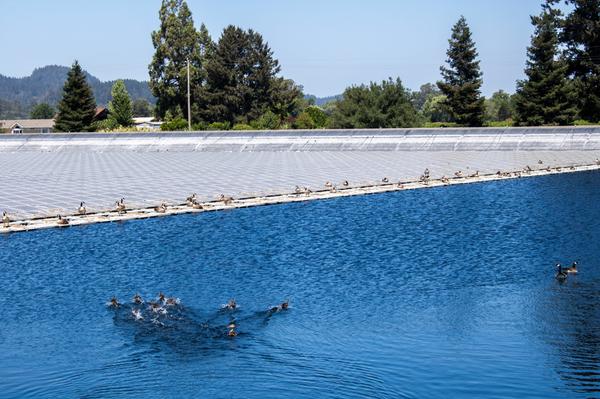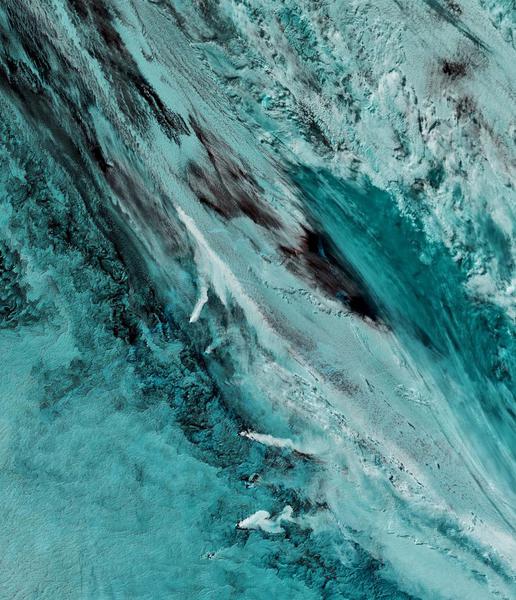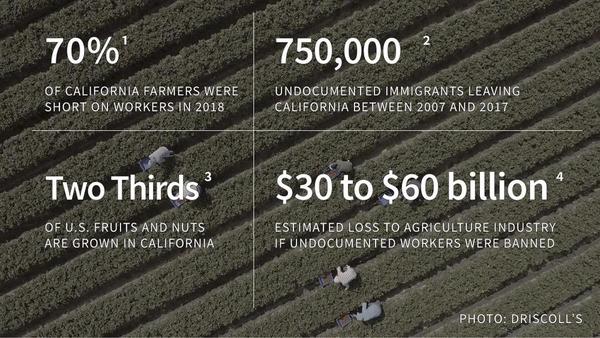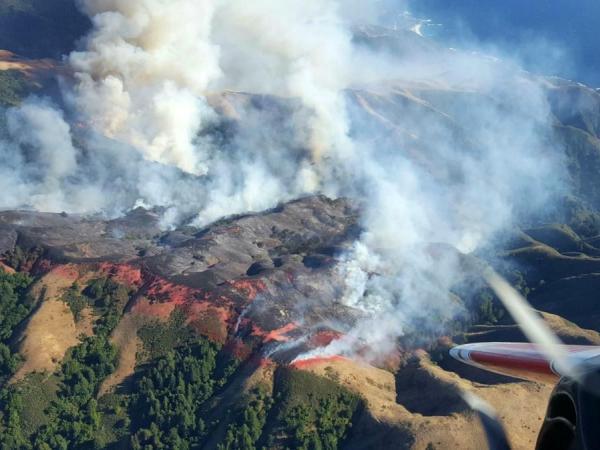Resurrecting the Carmel River Floodplain
The Carmel River of the late 20th century was a tale of California water extremes writ small. In 1998 it flooded homes again, but in most years, the river was largely reduced to a trickle as it was siphoned off to water the blooming tourist mecca of the Monterey Peninsula. Endangered steelhead trout, members of the southernmost surviving population, would often find their attempts to swim upriver and spawn thwarted by...
